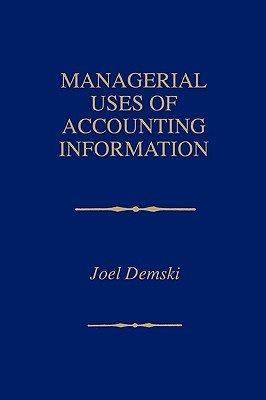LLAs, product choice, and income measurement We now find Ralph managing a two produet finn, Ralph's LP,
Question:
LLAs, product choice, and income measurement We now find Ralph managing a two produet finn, Ralph's LP, with constrained eapaeity. The produetion process eonsists of fabrieation and assembly departments.
A service group that supplies maintenanee, minor engineering, material handiing, and miscellaneous services to these two departments is also present. Let ql and <12 denote the quantities of the two produets. The fabrieation department is constrained as follows: 2ql + <12 :s 300. Think of this as expressed in hours of direet labor. The first produet requires two such hours, and the second one; 300 hours in total are available. The assembly department is constrained via ql + 3<12 s 600. This, too, should be thought of in tenns of direet labor hours. (The data are sealed for convenienee.)
For budgeting and accounting purposes, Ralph recognizes seven cost eategories.
Respeetive LLAs are detailed below. (Selling and administrative is the only period cost eategory.)
selling and administrative: S&A = 5,000 + 3ql + 5<12;
direet labor in fabrieation: DU = 22[2ql + <12];
direet labor in assembly: DL· = 35[ql + 3<12];
direet material (all in fabrieation): DM = 120ql + 200q2;
overhead in fabrieation: OVf = 5,000 + lDLf ;
overhead in assembly: av· = 6,000 + 3DU; and manufaeturing service group: MS = 2,000 + DLf + .2DU.
These LLAs refleet underlying standard quantities and standard prices. Direct labor in the fabrieation department, for exarnple, is price d at 22 dollars per hour, while in the assernbly department it is priced at 35 per hour. For later reference, we interpret the direet material LLA as refleeting "units" of raw material, priced at 20 per unit.
Finally, the selling prices are estirnated to be, respeetively, 600 and 800 per unit.
This irnplies a revenue LLA of 600ql + 800<12.
Detennine an optirnal produetion plan for Ralph. What ineorne is implied by this profit plan? Present this incorne ealeulation in a GAAP st yle statement, where revenue less eost of goods sold, based on full eosting, identifies the gross margin, and gross margin less all period eosts identifies net ineorne. Also present the income ealeulation in variable costing fonnat, where revenue less all (period and produet)
variable costs identifies contribution margin, and contribution margi n less all "fixed"
costs identifies net incorne. Why are the two ineorne figures identical here?
AppendixLO1
Step by Step Answer:






